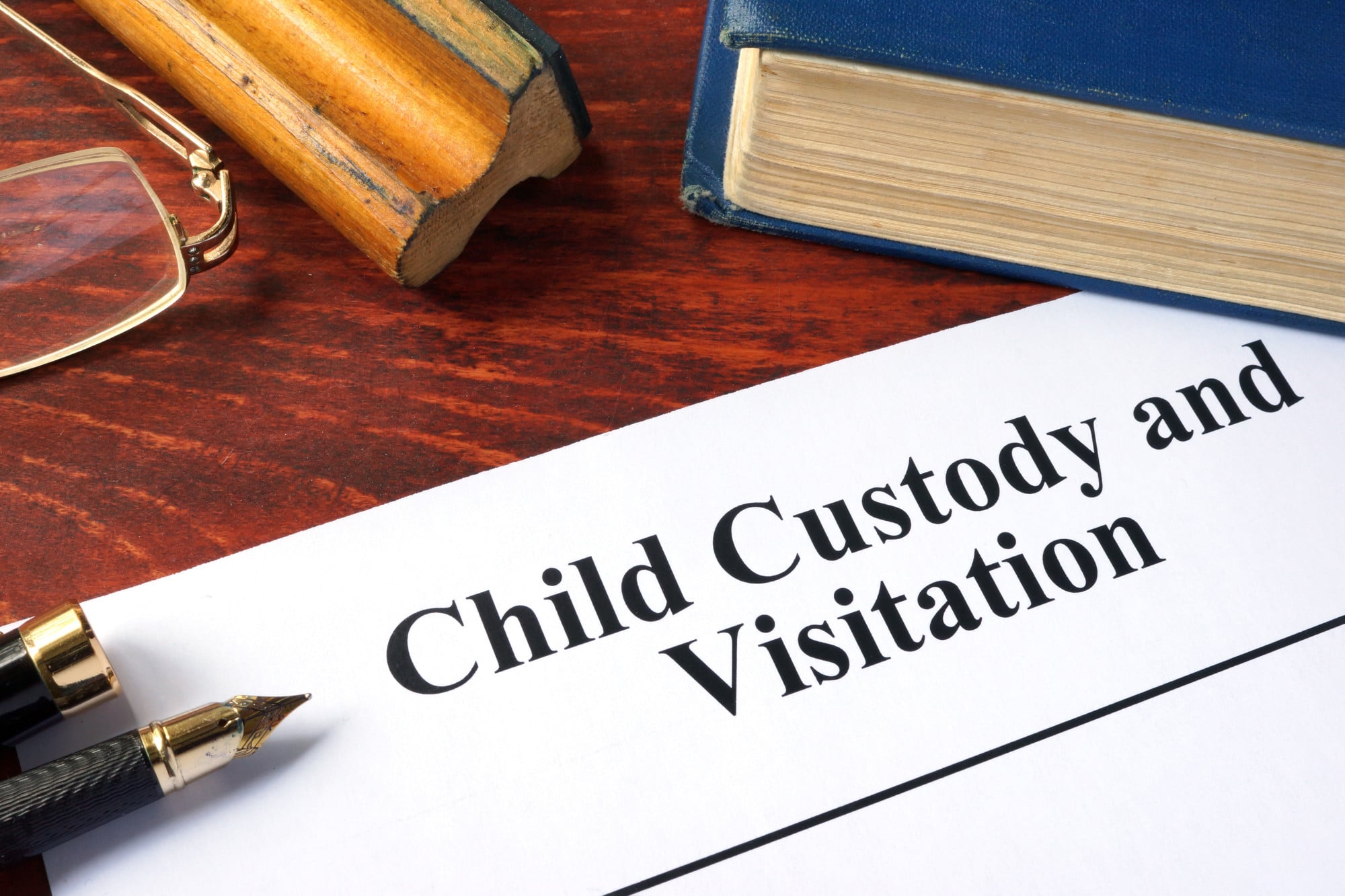Child Visitation: How to Plan the Perfect Visitation Schedule
When you are divorcing your spouse, you are not getting a divorce from your child. Going through a divorce is tough in itself. It’s harder when you have to figure out how to divide assets and determine who will have child custody. Whether you have primary child custody or not, you should allow child visitation so your former spouse can continue to keep a relationship with their child. How do you decide what is fair when you are setting up a schedule?
Do you determine child visitation by the hour or by the day? Keep reading to learn how to create a fair schedule that is right for your ex-spouse and child.
Divorcing When You Have a Child
Divorcing with children is hard on both parents and the child. The last thing you want to do is have your child have to choose one parent over another. Although one parent will become the custodial parent, you should always keep the relationship open with your child and their father or mother by allowing visits.
This is still the case even if you and your ex-spouse will live far away from one another. You and your former spouse must manage the whole process from scheduling to picking and dropping off your child in a way that avoids conflict.
Sometimes, deciding which parent will have primary custody is not messy all the time. Over 40% of custodial parents get full child support from their ex-spouse after reaching an agreement.
This will not happen all the time though. After a divorce, the parent with child custody may have to fight to get child support from the other parent and figure out a child visitation schedule.
The Difference Between Physical vs. Legal Custody
There are two types of child custody: physical custody and legal custody. With physical custody, the child is with you on certain days of the week or month and you have that right. Physical custody works best when both parents are located fairly close to one another.
You should also decide with your co-parent how you will share physical custody when making a schedule. Whether it is 50/50, 60/40, or 80/20, it will be up to the two of you to decide.
Legal custody means that you, as the parent, have the right to make choices regarding the upbringing of your child. For example, you have the choice of deciding where your child will go to school or receive medical care.
Creating a Child Visitation Schedule
You want to determine physical custody first before creating a child visitation schedule. Most parents are able to determine a fair split on child custody after keeping a residential or school schedule in mind.
It may be ideal to have one parent have custody of the child on weekdays while the other parent has custody of them on weekends. Other parents may find it easier to split child custody through breaks.
When the child has a winter break or summer break, they will go to the other parent. Finding the best schedule in regards to holidays and vacations is possible too, especially when one parent has sole physical custody of the child.
Factors to Consider When Creating a Schedule
There are a number of variables that can make creating a schedule easier. You want to remember that at the end of the day, it is your child who is the most important when setting up the schedule. Consider their needs first and find options that will work with your former partner.
The Age of Your Child
The age of your child matters a lot. If you have children who are infants and toddlers, they require the most care. It may be better to allow the mother to stay with the child more often if they are breastfeeding. One parent may be more available to care for the child without a babysitter.
Young children need a consistent routine. It is best for both parents to ensure the schedule they make is stable so the child can adapt. It is very important for them to have both parents during this time.
Teens are the most understanding of divorce. They may be able to settle with any schedule that works with the parents. It’s a good idea to get them involved and ask for their opinion.
The Amount of Cooperation Both Parents Have
If you already have a good relationship with your co-parent, cooperation will not be a problem. When you do not, you need to work hard to be as neutral as possible.
This will help prevent unnecessary tension. If you can agree and accept something, do it. It’s better not to disagree out of spite.
Commitment to Keep the Schedule and Be Flexible
When you finish creating the schedule, you and your co-parent should stick to it as much as possible. This reduces issues and confusion. At the same time, it is important to be flexible when things change. Be understanding when a co-parent is not able to do something.
Things do pop up out of one’s control sometimes whether it is a travel issue, accommodation issue, or problems with pickup and dropoff. Keeping the lines of communication open is your best option to resolve and fix issues that come up.
Get Legal Assistance During Child Custody
It is important for both parents to sit down and talk in order to make a child visitation schedule. This is the only way you can determine the best times they can see their child and interact with them.
Before you reach this stage, you have to find out who will get child custody. If you find that you are unable to reach a settlement with your ex-spouse, you should contact a child custody lawyer in Texas. When you have the guidance of a divorce lawyer, you can finalize your divorce and settle child custody in a less traumatic way.






